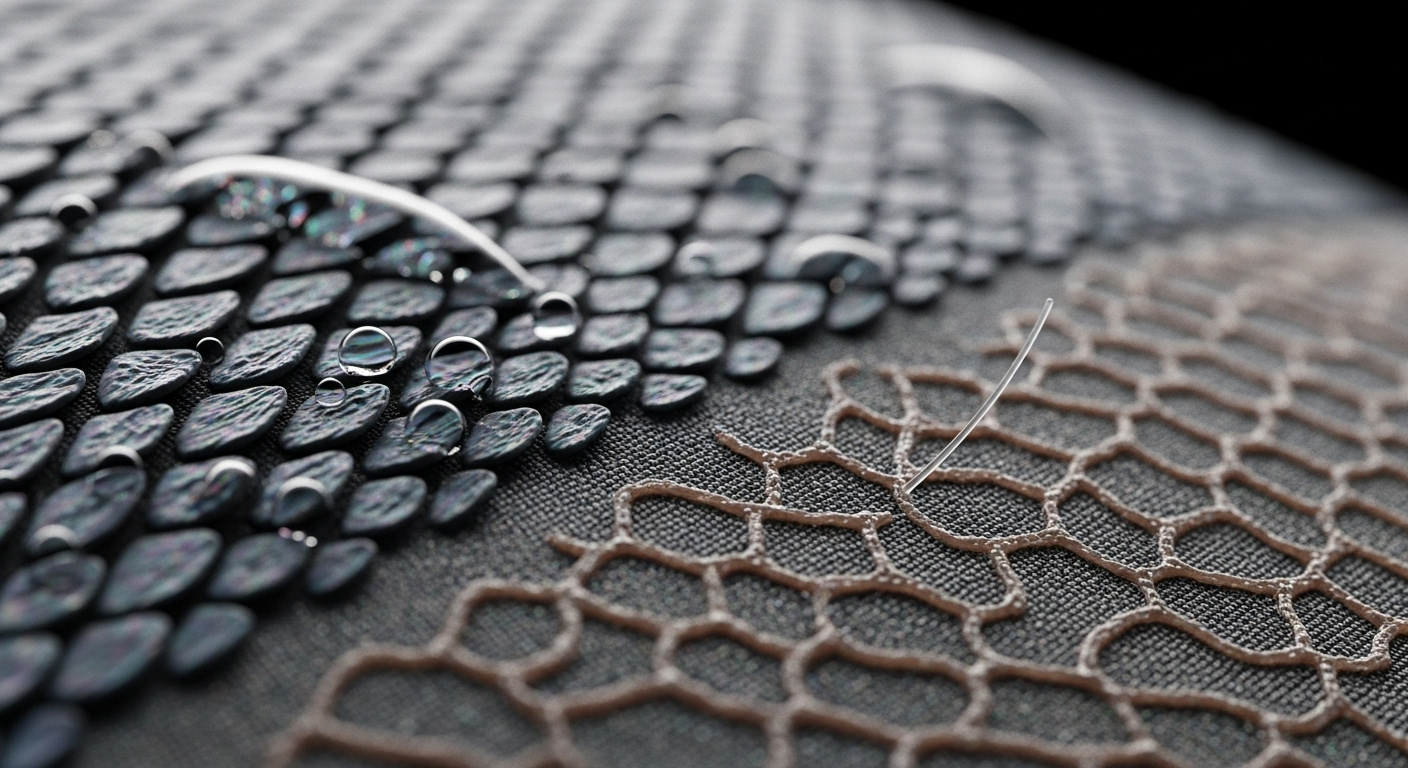Biophilic Fashion: Nature-Inspired Designs Take Root
Nature has long been a muse for artists and designers, but the concept of biophilic fashion is taking root in a whole new way. This emerging trend goes beyond mere floral prints, integrating living elements and nature-inspired technologies into clothing and accessories. As urbanization increases, biophilic fashion offers a unique way to reconnect with nature, blending style with sustainability and well-being.

Historical Roots and Modern Growth
While the term biophilic fashion is relatively new, the concept of nature-inspired clothing dates back centuries. Indigenous cultures have long incorporated natural elements into their traditional attire, often for practical and spiritual reasons. In the modern fashion world, designers like Alexander McQueen and Iris van Herpen have pushed the boundaries with nature-inspired collections. Today, biophilic fashion is evolving from high-concept runway pieces to wearable, everyday items that bring nature closer to our skin.
Tech Meets Nature: Innovative Materials
At the heart of biophilic fashion lies a fusion of cutting-edge technology and natural processes. Innovative materials are key to this movement. Researchers and designers are developing fabrics that not only look like nature but function like it too. Algae-based textiles that photosynthesize, fabrics infused with beneficial bacteria, and materials that change color based on environmental factors are just a few examples of how biophilic fashion is pushing the envelope.
Beyond Aesthetics: Health and Well-being
Biophilic fashion isn’t just about looking good – it’s about feeling good too. Studies have shown that exposure to nature can reduce stress, improve cognitive function, and enhance overall well-being. Biophilic clothing aims to bring these benefits into our daily lives. Garments infused with natural scents, textiles that regulate body temperature like tree bark, and accessories that emit calming sounds of nature are all part of this holistic approach to fashion.
Sustainability at Its Core
Sustainability is intrinsically linked to biophilic fashion. By mimicking nature’s closed-loop systems, designers are creating garments that are not only biodegradable but also regenerative. Some biophilic fashion pieces are designed to nourish the soil when discarded, while others are made from waste materials that would otherwise pollute ecosystems. This approach represents a paradigm shift in how we think about the lifecycle of our clothes.
Styling the Biophilic Way
Incorporating biophilic fashion into your wardrobe doesn’t mean dressing like a walking garden. It’s about subtle integration and mindful choices. Here are some ways to embrace this trend:
-
Opt for textiles with nature-inspired textures like cork, stone, or wood grain patterns
-
Choose accessories made from innovative, plant-based materials
-
Look for garments with built-in air-purifying properties
-
Experiment with color-changing fabrics that respond to your body temperature
-
Invest in pieces that incorporate living elements, like moss or algae, in a wearable form
Biophilic Fashion: A Breath of Fresh Air
• Air-purifying scarves can filter pollutants as you walk through urban environments
• Some biophilic garments can change color to warn wearers of high UV exposure
• Mushroom leather is becoming a popular, sustainable alternative to animal hides
• Clothing embedded with beneficial bacteria can help balance your skin’s microbiome
• Biophilic design in fashion stores has been shown to increase customer dwell time and satisfaction
As we navigate an increasingly digital and urban world, biophilic fashion offers a tangible way to stay connected to nature. This innovative approach to design not only satisfies our aesthetic desires but also addresses our deeper need for natural connections. By wearing nature-inspired and nature-integrated pieces, we can carry a piece of the natural world with us wherever we go, promoting both personal well-being and environmental consciousness. As this trend continues to grow, it promises to reshape not just what we wear, but how we interact with our environment and ourselves.





